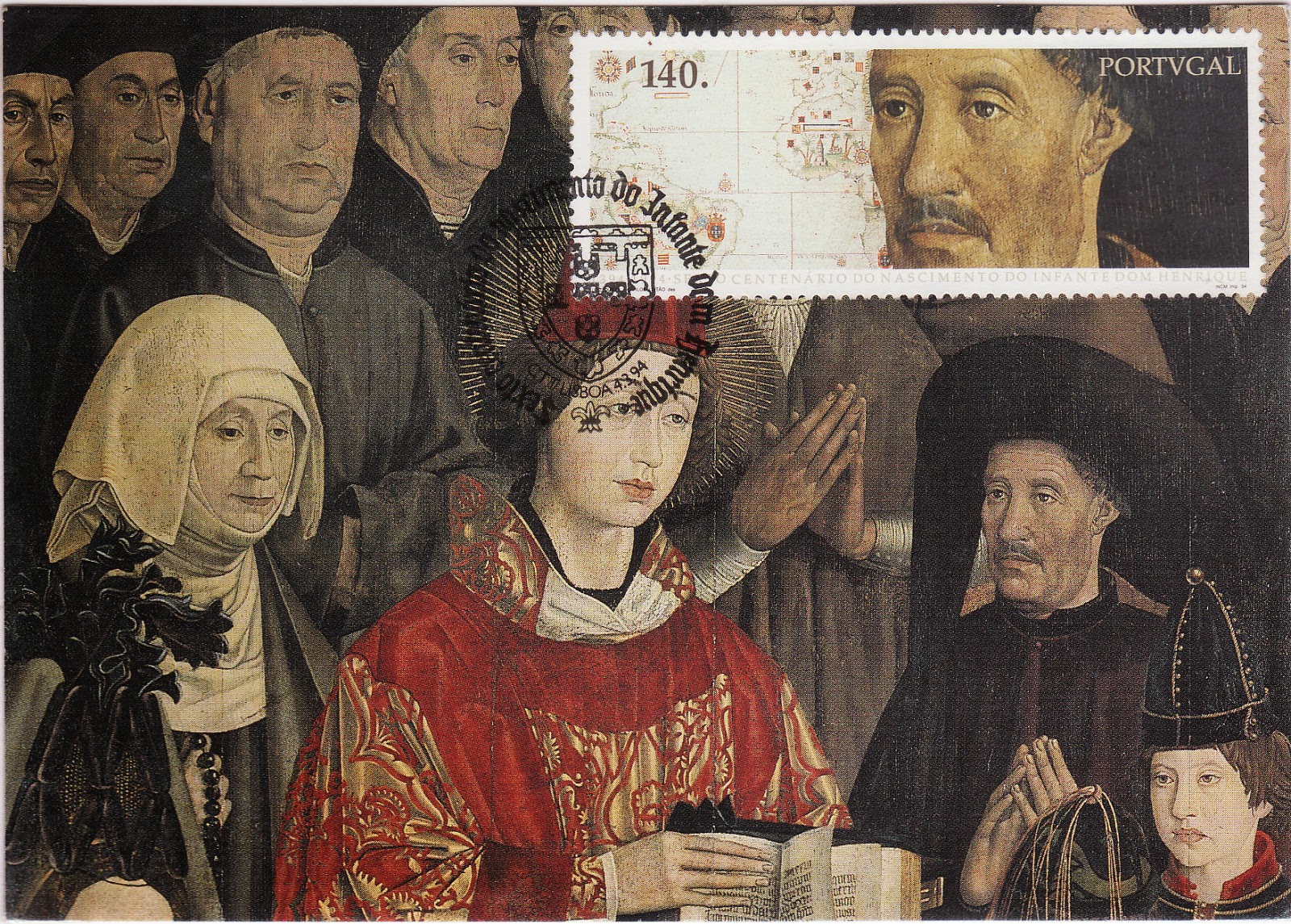

Keywords: Armando Cortesão (1891-1977) Portuguese Cartography of 15th and 16th centuries History of Portuguese Cartography History of Discoveries and Portuguese Expansion Historiography, Nationalism and Ideology. Monumenta cartographica Neerlandica: pt.1-2 Ten wall maps Gnter Schilder 1986 Monumenta cartographica 1932 Monumenta Cartographica Frederik Caspar Wieder 196 Portugaliae Monumenta Cartographica J. Volume I with 97 plates (10 in color) containing all known earliest examples of Portuguese cartography from the end of the fifteenth century to the middle of the sixteenth century, including: the Cantino planisphere of 1502, the Reinel (Pedro & Jorge) charts, Francisco Rodrigues' Book, and works by D. We can witness how the author distinguished himself not only at the historiographical level but in domains such as agronomy, colonial administration, history of science and international relations, and how he got a deep knowledge of the overseas reality whose heritage and priority in Portuguese sovereignty he always passionately defended. In this research we come to find out how the Author evolved from a republican liberal middle class educated family living in the inner region of the country, to become an oppositionist to Salazar’s regimen forcing him to years of exile where the Anglo-Saxon cultural influence prevails.


A second stage, a period of authors’ recognition, crowned at the beginnings of the sixties by his opus magnum the Portvgaliae Monvmenta Cartographica, in co authorship with Teixeira da Mota and, at last, a third stage of notorious international acceptance, a visible academic recognition and an intense writing production till his dead leaving unfinished his History of Portuguese Cartography, published in 1969/70. We try to determine the author’s researching path following three distinct stages: the first writings, till the publication of Cartografia e cartógrafos portugueses dos séculos XV e XVI, in the year 1935. This research is focused on Armando Cortesão, the man and his works, and follows an author bio bibliographic profile aiming to relate his legacy in the domains of the History of Portuguese Expansion and Early Cartography, with his life and personal beliefs that punctuates his writings from the twenties till his death. Assuming that the oldest Portuguese manuscript cartography relating to Brazil was fully described and studied in the Portugaliae Monumenta Cartographica (1960-1962), the projects sought to evaluate the image of Brazil in Portuguese and foreign manuscript and printed maps from the eighteenth century, based on two of the best-known cartographic. The plates of all the atlases are reproduced, mainly in monochrome in Portugaliae Monumenta Cartographica.


 0 kommentar(er)
0 kommentar(er)
